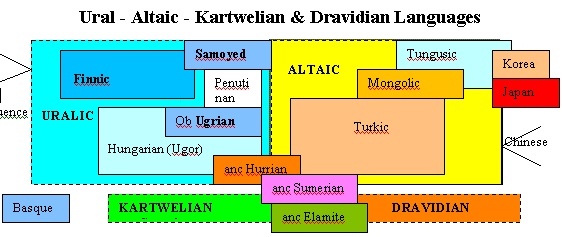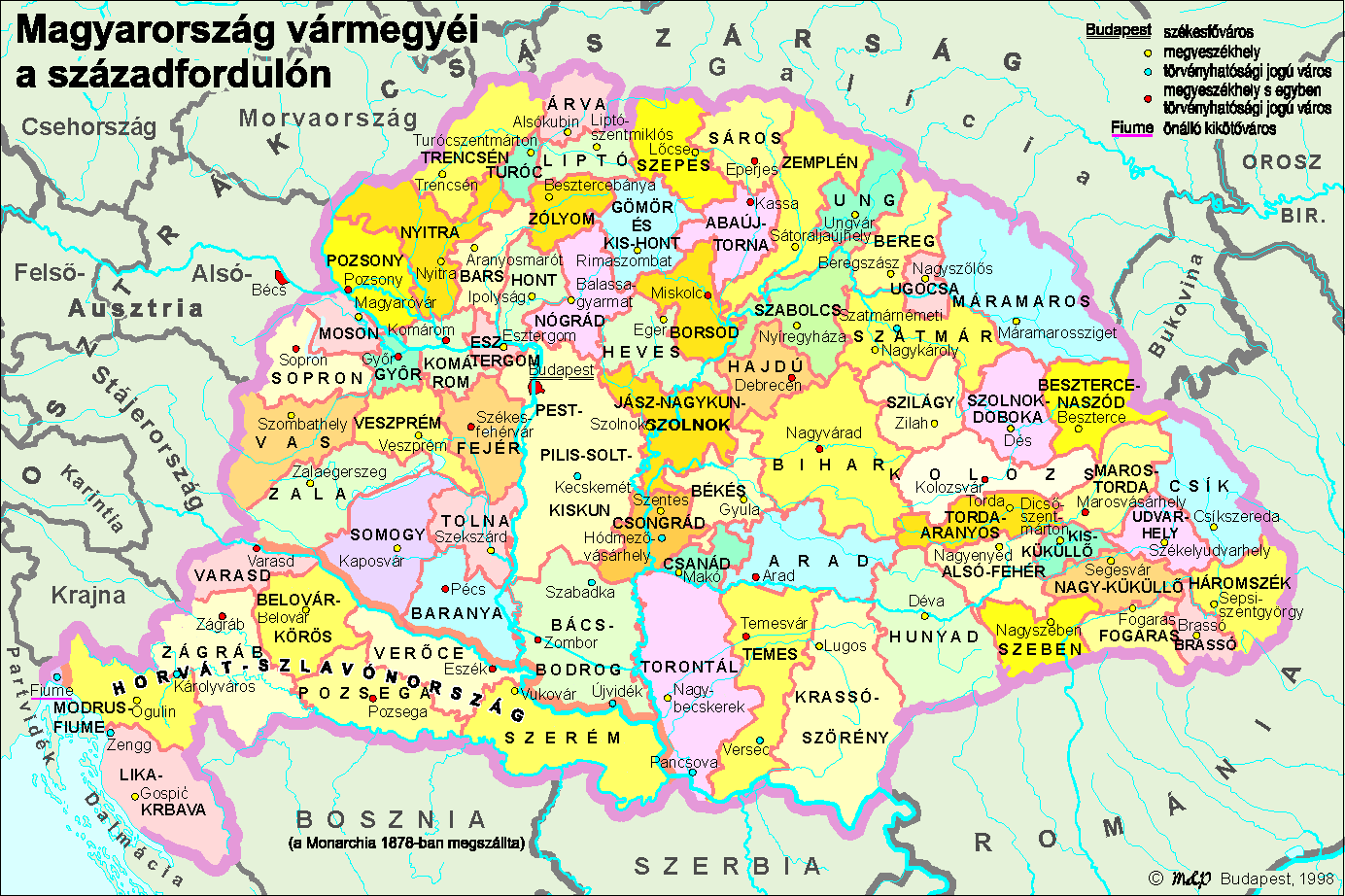
HOME | CATEGORIES | TOC | SURNAME LIST
| Áces (carpenter)
Asztalos (joiner) Asztaljáro (table maker) Bodnár (copper, tuber, hopper) Borbély (barber) Bognár (cartwright, wheelwright) Caspó (fuller) Csizár (gunsmith, armorer) Csiymadia (bootmaker) Cserepes (tiler, potter) Esytergál (wood turner) Faragó (stone cutter, carver) Fazekas (potter) Fésüs (comb maker/ seller) Gerencsér (potter) Képiró (painter, drawer) Képfaragó (sculptor) Kerékes (wheelwright) Komüves (brick layer, mason) Kovács (smith) Kédér, Kédjáro, Kádas (tuber) Kaszab (butcher) Mészáros (also butcher) Lakatos (locksmith) Molnár, Mónus, Molnos (miller) Nzerges (saddler, harness maker) Olajos (oil presser, miller) Ojárto (belt maker) Ötvös (goldsmith) Paisjárto (shield maker) Pintér (tuber) Pogácsás (cake maker) Posztos (draper clothier) Seres, Sörös (brewer, beer drinker) Süto (baker) Szabo (tailor) Szappanos (soap maker) Szekertes, Szekérjárto (cartwright) Szakács (cook) Szijárto (harness maker) Szitás (sieve maker) Szövö (weaver) Szücs (furrier) Tálos (dish maker) Timár (tanner) Takás (weaver) Tügyártó (needler, pin maker) Varga (shoe maker) Names denoting official posts: Biró and Castó (clerk) Deák (notary) Dékán also Dekány (sexton) Fólnagy (a kind of judge) Futó (courier) Harangozó (bell ringer) Hirdetö (public crier) Ispán (overseer land steward) Kántor (choir master) Kiáitó (village drummer) Kulcsár (wine butler) Mester (master, teacher) Posta (postman) Soltész (magistrate in a village of settlers) Vikár (deputy; office holder) |
shepherding, fishing and agricultural occupations Bacsó (master shepherd) Csikós (horseherd, wrangler) Csobán (shepherd) Csordás (herdsman) Csösz (field guard) Gulyás (cowboy) Halász (fisherman) Högyes, also Högyész (ermine hunter) Ihász also Juhász (sheepherder) Kecskés (goatheard) Kertész (gardner) Kondás (swineherd) Kocsis (coachman) Lovas (horseman) Lovász (stud groom) Majoros (tenant farmer) Méhész (bee keeper) Madarász (fowler, bird catcher) Nádvágó (reed cutter) Pásztor (herdsman, shepherd) Sörés (cowboy) Sajtos (cheese maker) Szántó (ploughman) Tómester (lake master) Turós (curd maker) Vajas (butter maker) Vadász (hunter). Names describing people dealing with commerce:
|
Origins of the Hungarians
Although historians have not yet clarified the precise origin of the Magyar people, an origin which certainly dates back thousands of years, still there is consensus among them that the Magyars maintained close contacts with the Finno-Ugrian peoples that lived around the Ural Mountains and the Turk peoples of Central Asia. Historians have established that the Magyars lived along the Volga River, in present-day Bashkiria, southwest of the Urals, between 1,000 and 500 BC. A thousand years later they were to be found on the steppe north of the Black Sea.
As part of a wave of the great Asian migrations, the Magyars left for the West, crossing the Carpathian Mountains in 895-896 and finally settling in the Carpathian Basin. The great Magyar Conquest to find a new homeland was led by Árpád (?-910), who was elected prince by the chiefs of seven Magyar tribes.
The Hungarians, or Magyars, come originally from Asia, though precisely where has never been established. They appeared in the area north of the Black Sea around the 8th/9th century at which time they were nomadic tribal horsemen. No state in European history has a beginning so precisely definable as Hungary. It was brought into being by a single act, when the Magyars, until then a people without fixed abode, entered the basin of the middle Danube, a place at that juncture as good as masterless, and made it their home. This was in the last years of the ninth century A.D.
At the request of the Byzantine emperor, they entered Europe in 896 under the united leadership of Árpád. They settled in the Carpathian Basin along the Danube, where the nation of Hungary continues to this day. For the next 100 years, they terrorized the kingdoms of Europe on horseback, sometimes making two raids in the same year. Their raids extended from Greece and Poland to as far west as Naples, Rome, Germany, France, and Flanders. A decisive defeat at the hands of the Germans restricted their further activities.
In the year 997, King Stephen was crowned. Under his leadership, Hungary became a feudal kingdom modelled on the nations of western and central Europe. Stephen forcibly converted his family and the tribal leaders to Christianity, and the religion soon spread throughout the populace. For this, Stephen was recognized as king by the Byzantine crown and by the Pope. Stephen took advantage of this sudden interest in his affairs by playing the two religious leaders against each other to gain concessions for his kingdom. Stephen was later canonized, and his name has been popular in Hungary ever since. Stephen is also important for introducing literacy and record-keeping to Hungary. Many Latin documents survive from his time, and by 1055 we find records in Hungarian.
In 1241, Hungary was overrun by the Mongolian Tartars. Though they did not advance further west, their presence in Hungary set back development for the next 100 years, and left an important cultural impression. Some of them stayed and intermarried with the Magyars.
With the end of the 13th century, so came the end of the House of Árpád, which had ruled Hungary for more than 400 years. The Hungarian crown passed by marriage to the Neapolitan branch of the House of Anjou, which strengthened relations between Hungary and its Italian neighbors. Additional marriages tied the royal line to the Bohemians, Poles, and Habsburgs, resulting in a messy series of successions in the mid-15th century.
In 1458, King Matthias Hunyadi, called Corvinus, brought Hungary into a Golden Age. Culture and living standards reached levels comparable to those in western Europe, even if only for a few decades. It was about this time that increasing contact with western Europe made an impression on the Hungarian nobility. After the fashion of European nobles, they took on inherited surnames and heraldry, though heraldic design was far different from the rest of Europe.
Shortly before Matthias became king, in the year 1453, one of the most important events in the history of eastern Europe occurred. That year, Constantinople fell to the Turks, an event that ended the era of Byzantium and heralded the coming of Islam. For the next 100 years, the Hungarians, Austrians, and Italians fought to keep the Turks from advancing further north until, in 1526, the Turks defeated the Hungarian armies at Mohacs, bringing 150 years of Turkish rule. The northernmost and westernmost remnants of the nation became united with Habsburg Austria under Ferdinand to form a new nation that would shape the course of European history over the next 400 years.

Magyar or Hungarian as it is known in English, belongs to the Finno-Ugric/Uralic-Altaic
Family of languages. It is not an Indo-European tongue.
Magyars are a Turkic people who were nomads, horsemen and fierce warriors.
They migrated into the Carpathian Basin during the ninth century from beyond
the Caucasus.
The Hungarian nation was formed by the peoples which have settled in
the Carpathian Basin in successive waves from approx.5000 BC up to the
13th c AD -
From Anatolia, Transcaucasia and Mesopotamia, followed by the
Turanian peoples of Eastern Europe and Central Asia:
The Scythians (6th c BC), The Huns (5th c AD),
The Avars (6th c AD), The Magyars (9th c AD),
The Petchenegs (11th c AD), and
The Cumans (13th c AD).
The ancient Sumerians of Mesopotamia, the creators of the first known
civilization, also belonged to this Anatolian-Mesopotamian-Transcaucasian
ethno-linguistic group.
There are some who hold that the Magyars were even exposed to the Sumerian
culture which inhabited the region as early as 3000 BC. From this area
arose empires built by the Huns, Avars, Khazars and various other Turkic
groups. The Magyar had relations with all of them at one time or another.
1. She may keep her maiden name in the marriege.
2. She may keep her last name (that is first in English) and uses her
husband's
first name. This is similar to the customs in other countries and has
become more and more popular recently.
3. By the old Hungarian custom, the bride got the entire name of her
groom with a -ne suffix at the and. Even though she was called by her previous
first name no one could find it out from her official name.

1910 Veszprem Map with Magyar Polony